For many families, the question of how to balance convenience, cost, and lifestyle often centres around one major decision: car or something else? For decades, the answer seemed obvious. Yet in recent years, more parents, commuters, and even small business owners have discovered an alternative that is not only practical but also unexpectedly enjoyable—the family cargo bike electric.
When people first see a cargo bike, the initial reaction is often curiosity mixed with doubt: “Isn’t it huge? Won’t it be hard to ride? Where on earth would I park it?” These questions are completely normal, especially if you’re used to cars or regular bicycles. But here’s the surprising truth: riding and owning a cargo bike is far easier than most people think, and in many ways, it can make daily life smoother.
In this article, I’ll share stories from everyday families, answer common concerns, and sprinkle in some lesser-known knowledge that might just tip the scales if you’re considering whether to buy a cargo bike.
Breaking the Misconception: “Cargo Bikes Must Be Difficult to Ride”
It’s easy to assume that because a cargo bike is bigger than a standard bicycle, it must be clumsy. The reality is the opposite. Modern family cargo bikes are designed with balance and comfort in mind.

Take Sophie, a mother of two in Amsterdam. At first, she was convinced she’d never manage to pedal a bike with both children and a week’s shopping. Within a week, however, she was confidently navigating canalside streets. What made the difference? Stability. With a low centre of gravity, wide handlebars, and in many cases electric assist, handling a family cargo bike electric feels surprisingly natural—even for smaller riders.
Here’s a fun fact: in Copenhagen, where around 25% of families own a cargo bike, many parents learn to ride one with little more than a short test ride at their local shop. It’s proof that the learning curve is shorter than you’d imagine.
Maybe you want to know:
How Long Can You Use a Cargo Bike for Your Growing Kids?
Everyday Use Cases: From School Runs to Weekend Escapes
One of the main appeals of a school run bike is its sheer versatility. Families quickly realise that it doesn’t just replace one journey—it replaces dozens.

- School Runs: Picture a busy morning, the clock ticking, and instead of fighting for a parking spot outside school, you glide right up to the gate on two wheels. Kids hop in, backpacks slide under the bench, and you’re done. No stress.
- Shopping Trips: Cargo bikes can carry up to 80 kg in some designs. That’s equivalent to a full supermarket trolley, which makes them a favourite for weekly food runs.
- Family Outings: Weekends often turn into mini adventures—park visits, library runs, and ice cream stops are all part of the fun. Owning a family bike makes these little journeys much more memorable.
- Dog-Friendly Transport: An often-overlooked use case! In Berlin, it’s common to see large dogs lounging comfortably in the front box, enjoying the ride as much as the humans.
Here’s a quirky fact you might enjoy: in certain parts of Germany, you can even find “cargo bike libraries,” where families borrow a bike for free for a day or weekend to test how it fits their lifestyle. Many who try it end up buying one after realising how practical it is.
How Practical Is It to Own a Cargo Bike?
Beyond the fun of riding, ownership is where many parents raise eyebrows: “Where will I keep it? Isn’t it high-maintenance?” Let’s break it down.
Storage: Easier Than You Think
If you’ve got a garage, storage is simple. But even in small apartments, solutions exist. Many compact family cargo bikes are designed to stand upright—so instead of taking up the space of a sofa, they take up the space of a plant pot. In fact, in cities like Paris, some residential buildings now provide indoor cargo bike parking spots, recognising their growing popularity.

Maintenance: Not as Scary as It Sounds
Maintaining a cargo bike for family use is much like a normal bike. Tyres need pumping, chains need occasional lubrication, and brakes need checking. For electric models, the main addition is battery care: charge regularly, avoid extreme cold, and service every 12–18 months.
Here’s a lesser-known tip: tyres on cargo bikes tend to wear a little faster because of the heavier load. But switching to puncture-resistant tyres can drastically reduce mid-journey dramas. It’s a small upgrade that saves big headaches.
More cargobike maintance tips.
Cost vs Value
Yes, the cargo bike price can feel like a significant upfront investment—ranging anywhere from €2,000 to €6,000 depending on size, motor, and features. But compared to owning a second car, it’s dramatically cheaper. No fuel, no road tax, no insurance, no parking tickets.
Did you know? In France and Austria, families can get government subsidies covering up to 30–40% of the purchase price of a cargo bike. These schemes recognise the role of family-friendly transport in reducing congestion and emissions, making ownership even more attractive.
Key Considerations Before You Buy
So, what should you think about before committing?
- Your Terrain: Do you live in a flat city, or will you be climbing hills? If the latter, an electric assist is essential.
- Your Load: How many children, pets, or kilos of groceries will you carry? Rear-loading models suit one child, while front-loading bakfiets fit two or more.
- Two Wheels or Three? Two-wheeled cargo bikes are nimbler, while three-wheeled ones offer extra stability—perfect for those who want peace of mind when stopped at lights.
- Accessories: Rain covers, seatbelts, extra racks—all make daily life smoother. Think about what your family really needs before you buy a cargo bike.
- Test Ride: Nothing replaces the feeling of actually riding one. Many shops offer weekend trials, which are worth every minute.
Ok,just take a test ride now.
Real-Life Benefits You Might Not Expect
- Kids Love It: Children often see the family cargo bike as a mini adventure. Instead of being strapped into a car seat, they can chat, sing, or look around.
- Community Connection: You’ll notice more smiles and chats from neighbours—cargo bikes spark curiosity and often lead to conversations.
- Faster Than Cars (Sometimes): In rush-hour city centres, cargo bikes often beat cars point-to-point, especially when you factor in parking.
- Health Benefits: Even with electric assist, you’re still pedalling. It’s gentle exercise that slips seamlessly into your day.
Fun trivia: In the Netherlands, some schools now run “bike buses,” where groups of children ride together in family cargo bikes driven by parents. It’s safer, greener, and much more fun than sitting in traffic.
Final Thoughts: A Family-Friendly Transport Upgrade
When I first considered a cargo bike, I saw it as a niche option—something for eco-warriors or hardcore cyclists. Today, I see it as an everyday solution for families like mine.
It’s stable, surprisingly easy to ride, practical to own, and—perhaps most importantly—fun. The school run has gone from a chore to a highlight of the day. Shopping trips feel like mini adventures, and my child loves telling friends, “We rode here on our bike!”
So, is a cargo bike for family use really easy to ride and own? Absolutely. Once you try it, you’ll see why more and more parents are choosing a family-friendly transport option over the hassle of a second car.
If you’ve been debating whether to buy a cargo bike, my advice is simple: give it a try. The right family cargo bike electric can transform your daily routine, make the school run smoother, and add a little more joy to everyday journeys.
More reading:
Is a Cargo Bike Right for You? Everything Families Need to Know in 2025

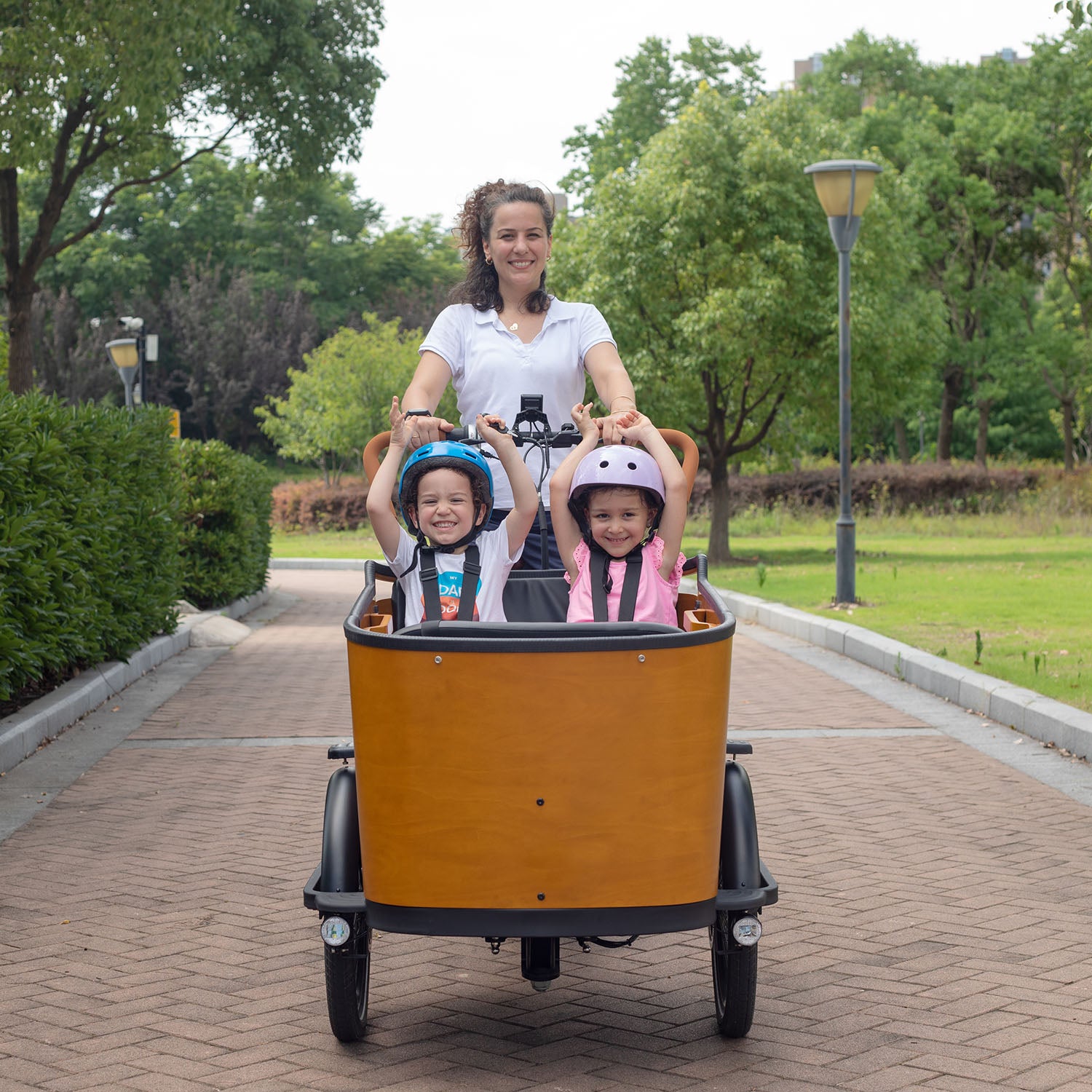
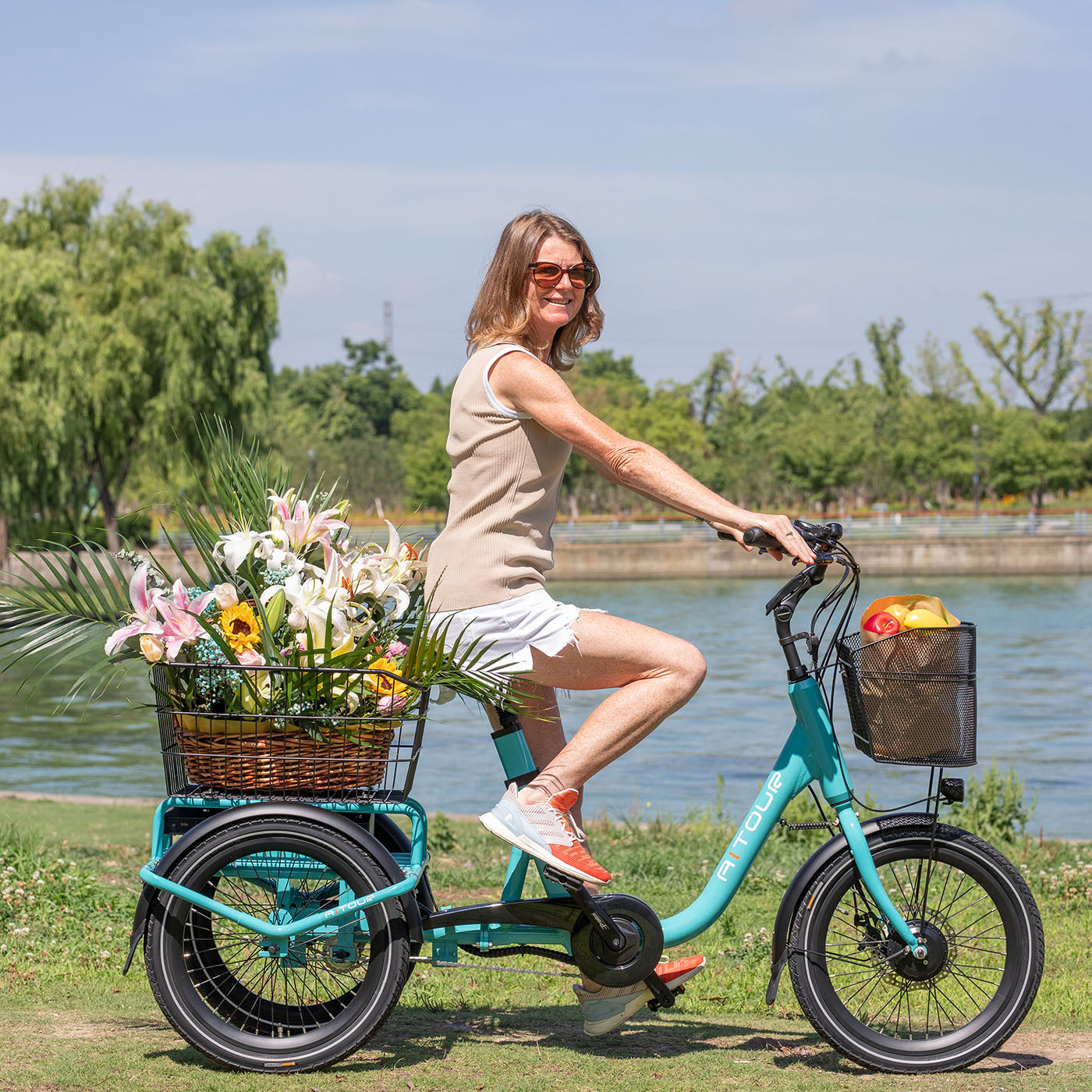
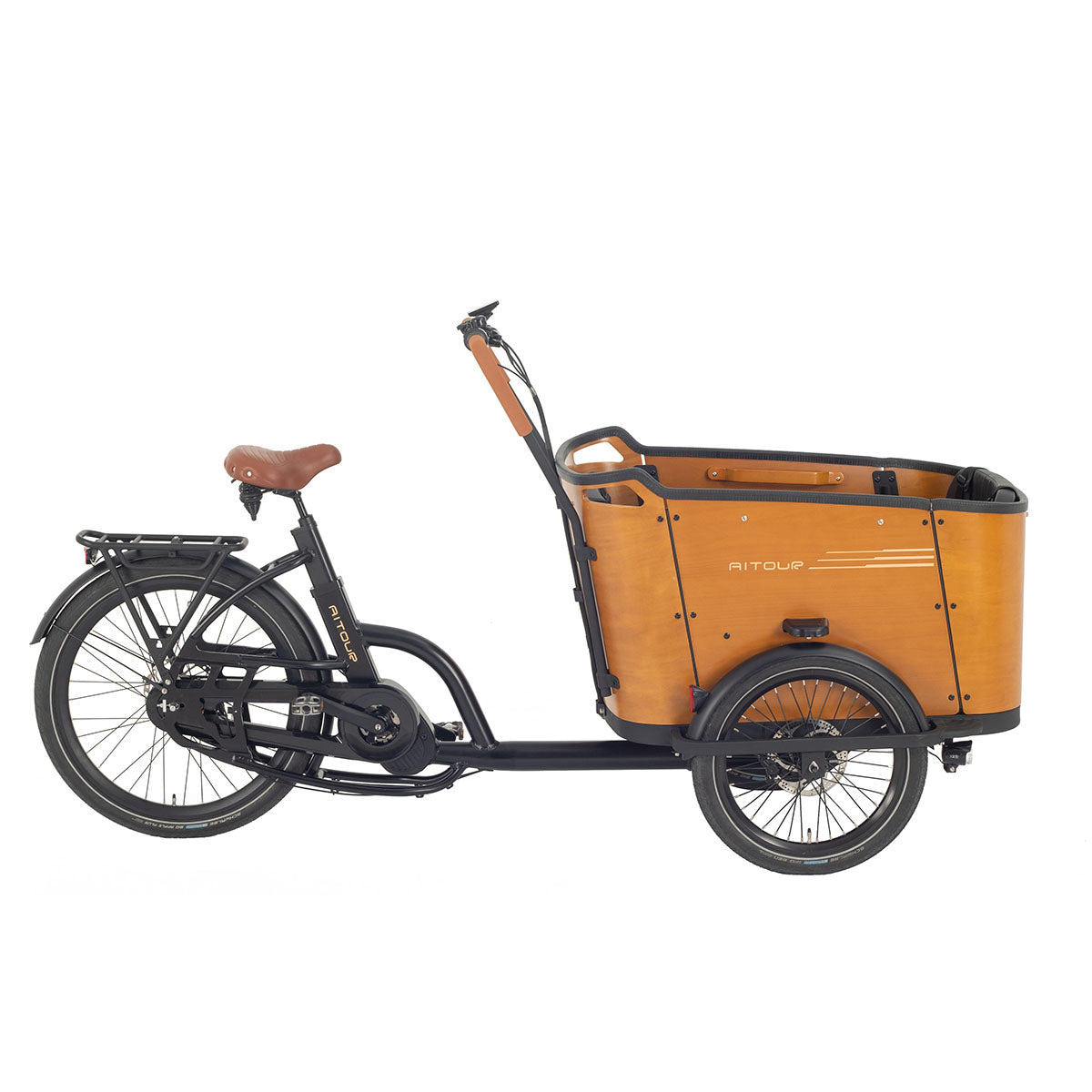
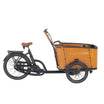
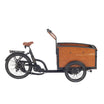
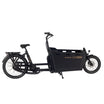
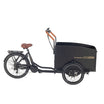

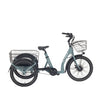

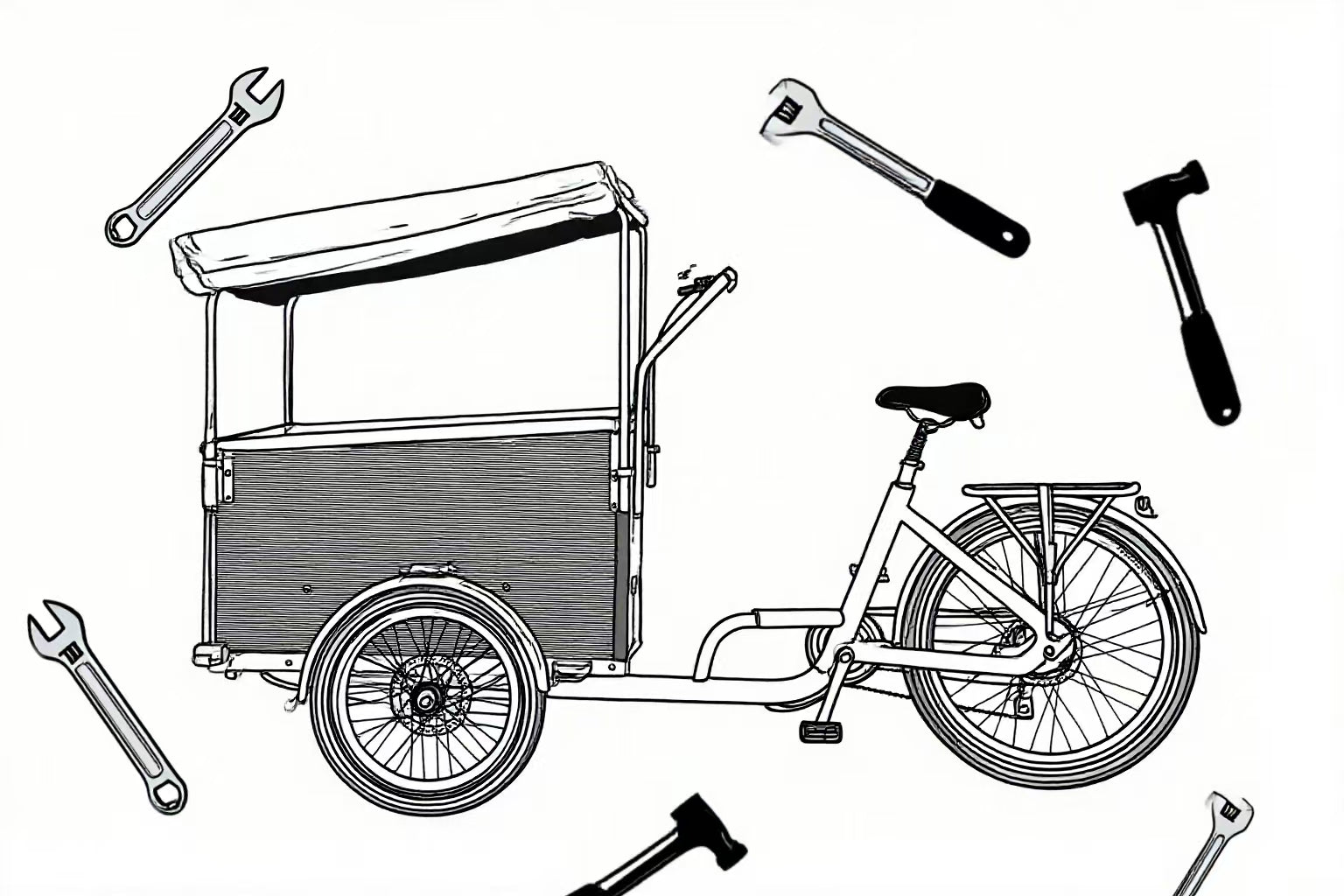

Leave a comment
All comments are moderated before being published.
This site is protected by hCaptcha and the hCaptcha Privacy Policy and Terms of Service apply.